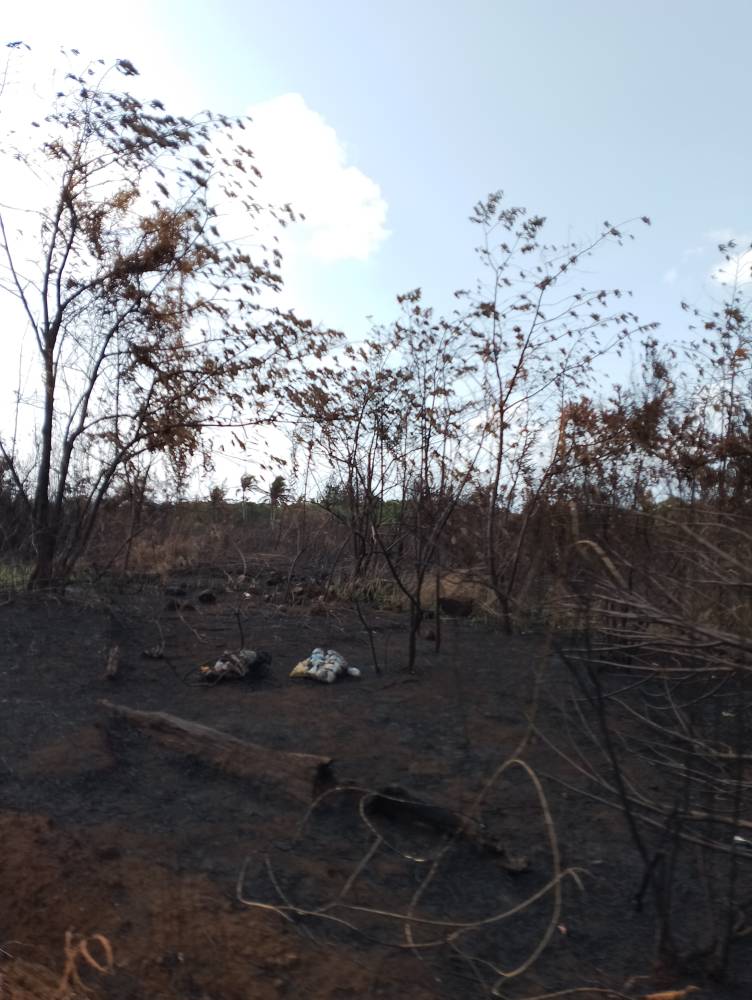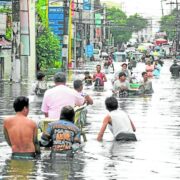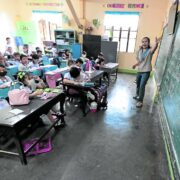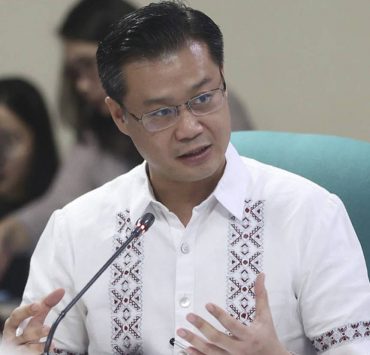Historic Homonhon faces water shortage

TACLOBAN CITY—Government leaders of Eastern Samar province have appealed to mining companies operating on Homonhon Island to protect the watershed of the historic place amid the lack of drinking water that has beleaguered its residents due to various causes, including the dry spell spawned by the El Niño weather phenomenon. Mayor Annaliza Gonzales-Kwan of Guiuan town, which has jurisdiction over Homonhon, and Rep. Marcelino Libanan of the 4Ps partylist raised the concern in separate interviews on March 17, a day after the 503rd anniversary celebration of the landing of Portuguese explorer Ferdinand Magellan and the Spanish fleet on the island on March 16, 1521.
The island is home to about 4,000 people spread in the eight villages of Bitaugan, Cagusu-an, Canawayon, Casuguran, Culasi, Habag, Inapulangan and Pagbabangnan.
Libanan, who also serves as minority floor leader of the House of Representatives, said destroying the island’s watershed could lead greater scarcity of drinking water on the island.
“I called on our mining companies to show your heart for our people on the island and not just think of your profits. Lack of drinking water on Homonhon Island is a big problem among villagers,” he said.
The island’s residents depend on deep wells and communal water system for their potable water. But the water supply had become scarce and sometimes even turned murky, which residents blamed on the diminishing forest cover of the island.
Protect ‘historic wealth’
If mining companies on the island would not heed their call to protect the watershed, Libanan said the government might be pushed to go after these firms.
Kwan shared the same sentiments, saying the Guiuan municipal government has crafted a five-year comprehensive development plan for Homonhon, which includes protecting the island’s watershed and its environment, noting that ecological problems cropped up on the island after mining firms started operating there.
The comprehensive development plan would include providing livelihood opportunities for the people on the island and promoting Homonhon as a tourist site due to its “historical wealth.”
She said they also sought help from experts from the University of the Philippines to craft a comprehensive land use plan, Kwan added.
At present, the municipality has been using part of the P6.3 million excise paid by the mining companies for this quarter for various programs and projects on the island.
Economic gainsAccording to Kwan, over 2,000 people on the island are working for the four mining companies operating in Homonhon—Emir Mineral Resources, Techiron Resources Inc., Global Min-Met Resources, and Verum Terra Geoscience Inc.
Sought for comment, Mark Godinez, the project engineer of Verum Terra, said they fully support the call of Libanan and other local officials to protect the water source of Homonhon.
“Our company and the rest of mining companies operating here in Homonhon is fully committed to protect and preserve the water source (on the island),” he said in a phone interview on Friday.
He said they have asked the local government for a map on where these water sources are located so these would be excluded in their mining operations.Verum Terra is also committed to conduct tree planting, on top of their existing adopt-a-forest program, Godinez added.
The mining company has started its mining operations on Homohon in March 2022 with mining claims of 500 hectares to extract iron nickel. The company has a mining permit for 25 years.
Enough
Kwan hoped the national government would no longer issue mining permits for firms to locate on the island. “For me, the four mining companies now operating on the island are enough. I hope our national government will listen to my appeal,” she said.
Patricia Bagania, 70, and a resident of Barangay Pagbabangnan, said drinking water has been a concern of the islanders, specially in the wake of diminished watershed area attributed to land clearing by the mining firms.
Bagania said they would continue to ask government officials and the mining companies to address their dwindling forested area, even as her 29-year-old grandson benefits from the mining operation, being an employee of one the mining companies.
The island is rich in nickel and chromite—minerals being extracted by these mining companies which are concentrated in the villages of Casuguran and Cagusu-an.
Fr. Jonathan Pading, the town’s parish priest, said the church’s call to stop all mining activities on the island remains, adding that “these mining activities destroy our environment, including the supply of clean drinking water.” INQ

















